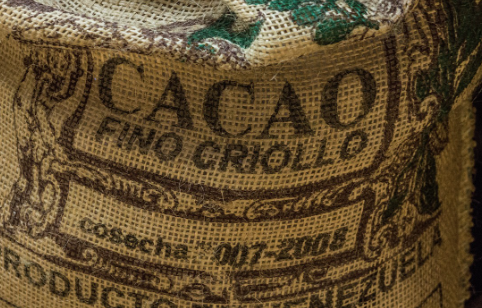#CocoaPrices #ICE #CCK24 #CAK24 #WestAfricanCocoa #CocoaDeficits #CocoaMarket #CommodityTrading
Wednesday’s cocoa market session saw a disparity in the movements of cocoa prices across major trading platforms. In the New York Intercontinental Exchange (ICE), May cocoa futures (CCK24) experienced a notable uptick, closing the day up by 99 points, equivalent to a 1.53% increase. This surge highlighted a bullish sentiment among traders, buoyed by concerns over impending cocoa deficits which could negatively impact supply chains. Conversely, in the London market, May cocoa futures (CAK24) did not fare as well, with prices edging downwards by 13 points or a 0.24% dip. This divergence in performance between the two major cocoa trading hubs underscores the complex interplay of regional market dynamics and the global cocoa supply chain.
The mixed settlement in cocoa prices stems from underlying anxieties about the significant cocoa deficits forecasted for the West African region, a leading supplier in the global cocoa market. Speculations are rife that these looming deficits could lead to contractual defaults by West African cocoa suppliers, a situation that could severely strain global cocoa supply chains and inflate prices. Such defaults typically occur when suppliers are unable to fulfill their contractual obligations to deliver the stipulated amounts of cocoa, often due to lower-than-expected crop yields. This concern is not unfounded as West Africa accounts for a substantial portion of the world’s cocoa production, and any disruptions in this region can have far-reaching implications for the cocoa market worldwide.
The current dynamics in the cocoa market, highlighted by the day’s trading session, underscore the delicate balance between supply and demand forces. The optimism in the New York market, contrasted with the slight downturn in London, suggests that while there may be apprehension about future supply disruptions, market participants are also weighing other factors that could influence cocoa prices. These include the strength of the global economy, chocolate demand trends, and weather patterns affecting cocoa-growing regions. As traders navigate these uncertain waters, the cocoa market remains a critical area to watch, offering insights into broader commodity market trends and the economic health of key cocoa-producing countries.







Comments are closed.